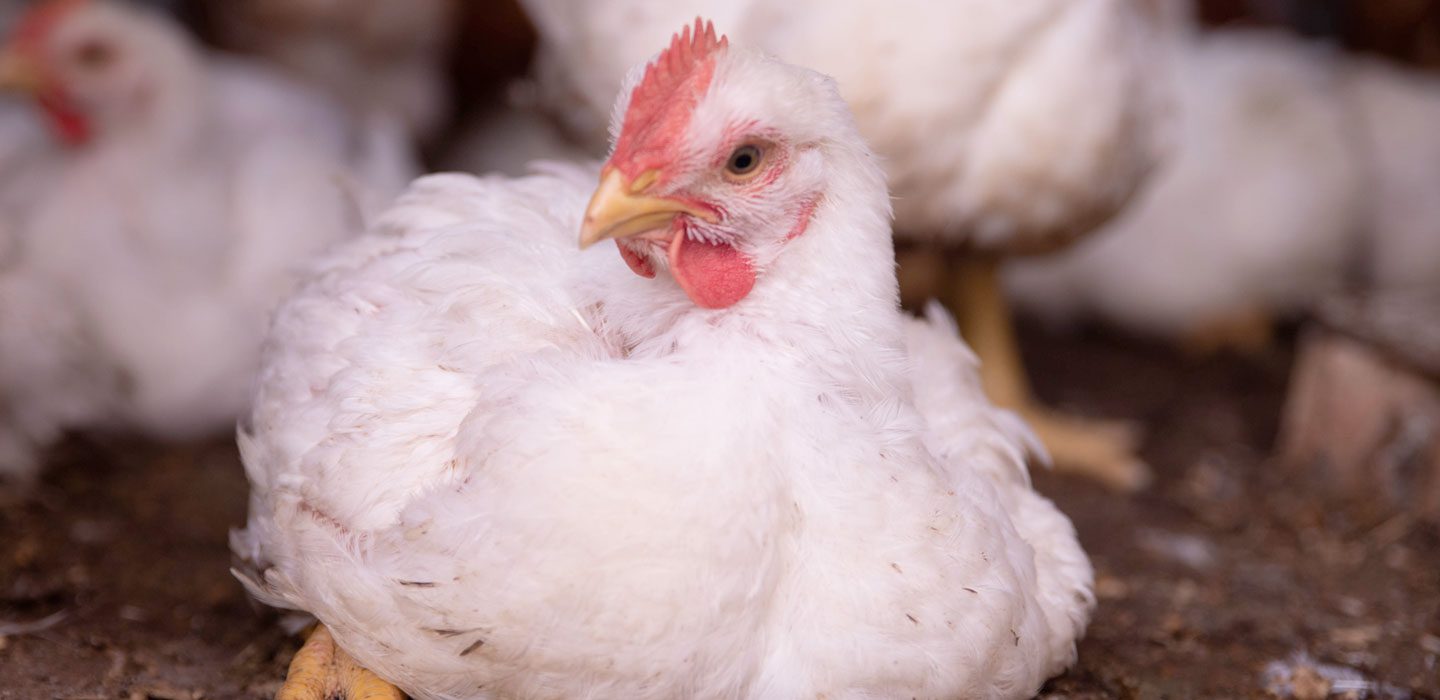Commitment to Sustainable Solutions
Sustainability is one of our top priorities. We believe we have a social, environmental, and economic obligation to deliver products, services, and programs that ensure a sustainable future for all of us.
Global scientific research with local insights for your business.
Our global reach and inclusive culture mean we understand the complex challenges protein producers face around the globe, and we help apply those learnings locally. We consider the big picture and gain insight into the complexities of your operation and the world at large. Intelligent nutrition isn’t just about feeding healthy animals. It’s about feeding business. Feeding sustainability. Feeding future generations. We bring it all together to inspire producers to build the best version of their business. A business that works smarter.

Whether you’re working directly with us or partnering with us to deliver to your clients, our goal is the same, to be a true partner. Our devotion to our customers is unmatched. We go beyond products with comprehensive services designed to help customers elevate their operations.
Increased animal health and performance from innovative, scientifically proven products based on decades of leadership.
Sustainability is one of our top priorities. We believe we have a social, environmental, and economic obligation to deliver products, services, and programs that ensure a sustainable future for all of us.
Innovation is at our core. As scientists and entrepreneurs, we’re driven to create new ideas that improve the health of your animals and your business.

When you partner with NOVUS, our products, programs, and services are just the beginning.